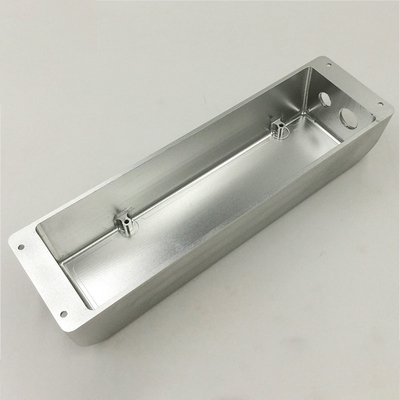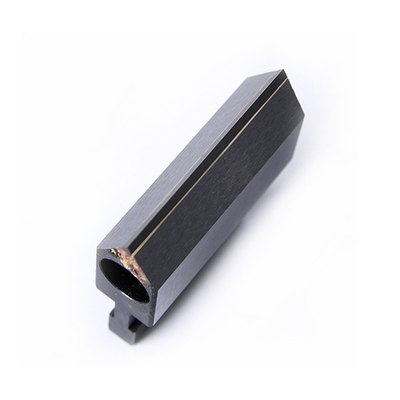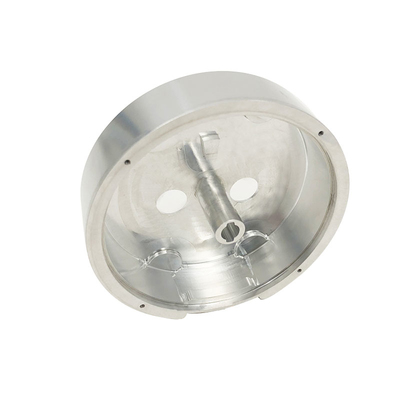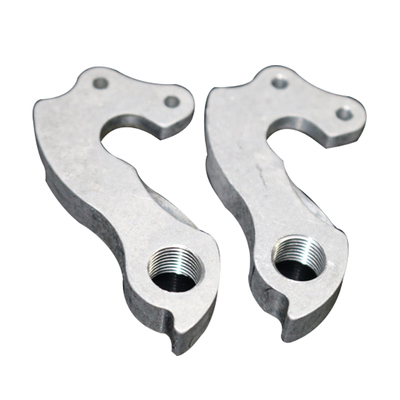Is Cast Iron a Metal, Ceramic, or Polymer?
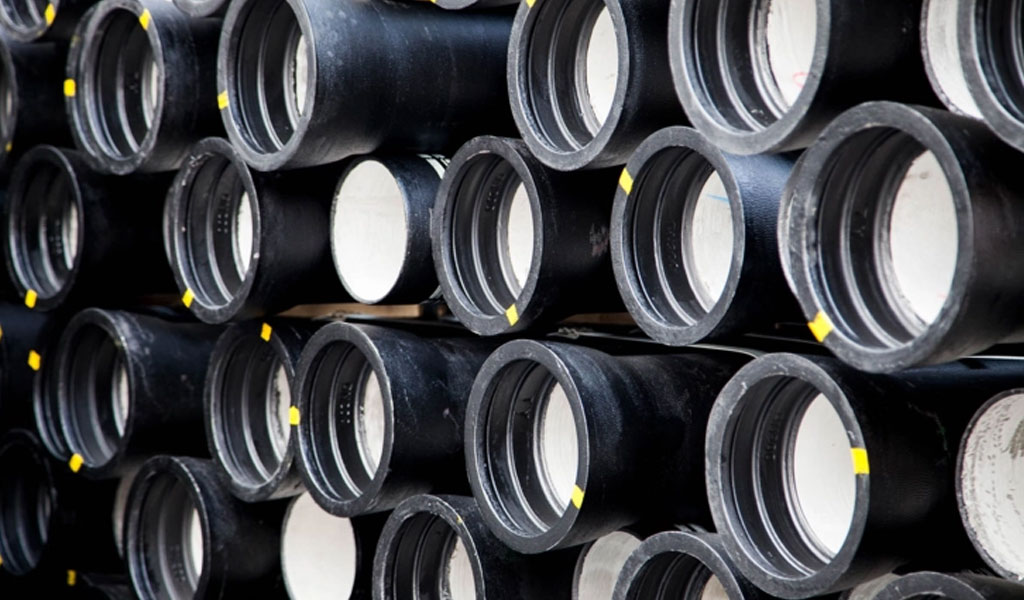
Cast iron is a term that broadly refers to a group of ferrous alloys known for their high carbon content, typically ranging between 2% and 4%. Due to its unique properties and extensive applications, cast iron has been a vital material in various industries for centuries. The classification of cast iron, whether as a metal, ceramic, or polymer, requires a detailed examination of its composition, properties, and behavior.
Composition and Structure of Cast Iron
Cast iron is primarily composed of iron (Fe) and carbon (C), with varying amounts of silicon, manganese, sulfur, and phosphorus. The high carbon content gives cast iron its characteristic hardness and brittleness. The carbon in cast iron exists in two primary forms: combined (as cementite or Fe3C) and free (as graphite).
The presence of carbon and the distribution of graphite within the iron matrix determine the specific type of cast iron. The most common types include:
- Gray Cast Iron: Characterized by the presence of flake graphite, which provides excellent machinability and damping properties.
- Ductile (Nodular) Cast Iron: Contains spheroidal graphite nodules that enhance ductility and toughness.
- White Cast Iron: Contains carbon in the form of cementite, making it hard and wear-resistant but brittle.
- Malleable Cast Iron: Produced by heat treating white cast iron to convert cementite into irregularly shaped graphite, resulting in improved ductility.
Metal Characteristics of Cast Iron
Cast iron is classified as a metal due to its primarily metallic structure and the fact that its properties are dominated by the behavior of iron atoms. The metallic characteristics of cast iron include:
-
Electrical Conductivity: As a metal, cast iron conducts electricity, although its conductivity is lower compared to pure iron or steel due to the presence of carbon and other alloying elements.
-
Thermal Conductivity: Cast iron exhibits good thermal conductivity, which is advantageous in applications like engine blocks and cookware.
-
Magnetism: Like other iron-based materials, cast iron is ferromagnetic, meaning it can be magnetized.
-
Malleability and Ductility: Cast iron is generally more brittle than other metals, particularly when compared to steel. However, its ductility can vary depending on the type of cast iron, with ductile iron being more flexible and less prone to fracturing under stress.
-
Strength and Hardness: Cast iron is known for its high compressive strength and hardness, making it suitable for heavy-duty applications like construction and machinery.
Ceramic-Like Properties of Cast Iron
Although cast iron is a metal, some of its properties are reminiscent of ceramics:
-
Brittleness: Similar to ceramics, cast iron can be brittle, particularly white cast iron, which contains a significant amount of cementite. This brittleness limits its use in applications where impact resistance is crucial.
-
Wear Resistance: Cast iron's hardness, particularly in white cast iron, provides excellent wear resistance, a characteristic shared with many ceramics.
-
Corrosion Resistance: Cast iron forms a protective oxide layer when exposed to air, which helps prevent further corrosion, similar to the passivation seen in some ceramics.
Polymer Comparison
Polymers are large, complex molecules composed of repeating structural units, typically organic compounds. Unlike metals and ceramics, polymers are generally lightweight, flexible, and exhibit low thermal and electrical conductivity. Cast iron, being metallic and crystalline, does not share these properties with polymers. Therefore, cast iron cannot be classified as a polymer.
Applications of Cast Iron
The unique properties of cast iron make it suitable for a wide range of applications:
- Construction: Cast iron is used in building frames, bridges, and pipelines due to its strength and durability.
- Automotive Industry: Engine blocks, brake drums, and other critical components are made from cast iron for its wear resistance and thermal stability.
- Cookware: The thermal conductivity and heat retention of cast iron make it ideal for cookware, including skillets, Dutch ovens, and griddles.
- Machinery: Cast iron is used in heavy machinery and tools, where its rigidity and resistance to deformation are essential.
Conclusion
Cast iron is unequivocally a metal. While it possesses some ceramic-like properties, particularly in terms of brittleness and wear resistance, its fundamental characteristics are metallic. Cast iron's composition, structure, and behavior under different conditions confirm its classification as a metal rather than a ceramic or polymer. The distinction is important for understanding its applications and limitations in various industries.
Reprint Statement: If there are no special instructions, all articles on this site are original. Please indicate the source for reprinting:https://www.cncmachiningptj.com/,thanks!
 3, 4 and 5-axis precision CNC machining services for aluminum machining, beryllium, carbon steel, magnesium, titanium machining, Inconel, platinum, superalloy, acetal, polycarbonate, fiberglass, graphite and wood. Capable of machining parts up to 98 in. turning dia. and +/-0.001 in. straightness tolerance. Processes include milling, turning, drilling, boring, threading, tapping, forming, knurling, counterboring, countersinking, reaming and laser cutting. Secondary services such as assembly, centerless grinding, heat treating, plating and welding. Prototype and low to high volume production offered with maximum 50,000 units. Suitable for fluid power, pneumatics, hydraulics and valve applications. Serves the aerospace, aircraft, military, medical and defense industries.PTJ will strategize with you to provide the most cost-effective services to help you reach your target,Welcome to Contact us ( sales@pintejin.com ) directly for your new project.
3, 4 and 5-axis precision CNC machining services for aluminum machining, beryllium, carbon steel, magnesium, titanium machining, Inconel, platinum, superalloy, acetal, polycarbonate, fiberglass, graphite and wood. Capable of machining parts up to 98 in. turning dia. and +/-0.001 in. straightness tolerance. Processes include milling, turning, drilling, boring, threading, tapping, forming, knurling, counterboring, countersinking, reaming and laser cutting. Secondary services such as assembly, centerless grinding, heat treating, plating and welding. Prototype and low to high volume production offered with maximum 50,000 units. Suitable for fluid power, pneumatics, hydraulics and valve applications. Serves the aerospace, aircraft, military, medical and defense industries.PTJ will strategize with you to provide the most cost-effective services to help you reach your target,Welcome to Contact us ( sales@pintejin.com ) directly for your new project.

- 5 Axis Machining
- Cnc Milling
- Cnc Turning
- Machining Industries
- Machining Process
- Surface Treatment
- Metal Machining
- Plastic Machining
- Powder Metallurgy Mold
- Die Casting
- Parts Gallery
- Auto Metal Parts
- Machinery Parts
- LED Heatsink
- Building Parts
- Mobile Parts
- Medical Parts
- Electronic Parts
- Tailored Machining
- Bicycle Parts
- Aluminum Machining
- Titanium Machining
- Stainless Steel Machining
- Copper Machining
- Brass Machining
- Super Alloy Machining
- Peek Machining
- UHMW Machining
- Unilate Machining
- PA6 Machining
- PPS Machining
- Teflon Machining
- Inconel Machining
- Tool Steel Machining
- More Material

